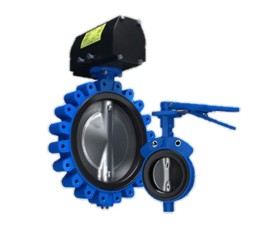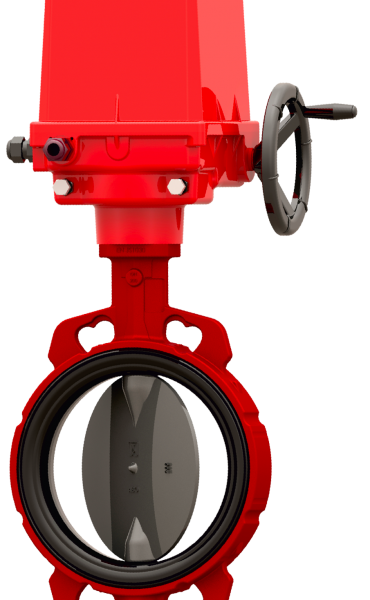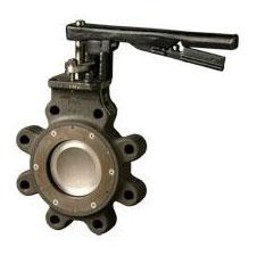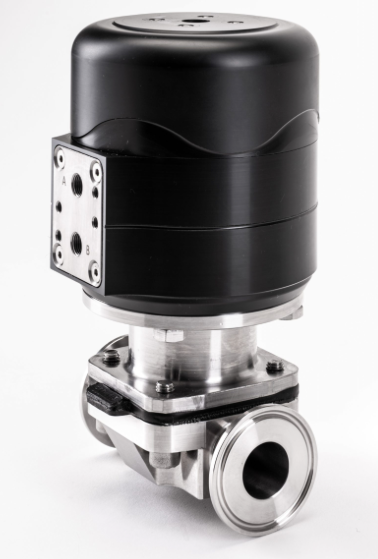Being a pioneer of butterfly valves since the mid-twentieth century, Keystone has curated a diverse range of butterfly valve models that cater to changing needs across its global customer base.
With that said, the teams at Keystone also feel it’s their duty to impart knowledge on the correct use of butterfly valves. Keeping this goal in mind, here are all the facts you need to know about Keystone butterfly valves, and their construction, uses, and precautions:
They Belong to the Class of Quarter-turn Rotational Motion Valves
Butterfly valves serve the primary purpose of shutting off flows in pipelines. These type of valves are mainly used to handle large amounts of liquid flow.
They are Not Fit for Water Regulation
Butterfly valves have an absolutist use. You either use them to allow complete flow, or you use them to entirely block the passage. Sure, you can turn the knobs slightly to adjust fluid pressure instead of shutting off the flow, but that can be quite dangerous to your apparatus in the longer run.
Why? Because that’s a misuse of the valve disk which is designed for completely blocking the flow. As a result, the overall sealing performance of the valve may decline.
They are Useful in Various Process Media and Industries
Any place where you find an abundance of fluids such as water, petrol, liquid dairy products, factory chemicals, paints, construction materials, beverages, or any other industry, you’ll find butterfly valves being an integral part of their system.
Keystone butterfly valves can handle tremendous amounts of constant influx, in a variety of pipelines, and for purposes as diverse as supply, collection, distribution, and flow isolation.
They’re Highly Convenient
Butterfly valves are quite a useful mechanical tool. They have a pretty simple construction, but they’re still quite effective in performing their function. Their lightweight build, adjustability, and compactness ultimately builds up lighter, more convenient end products that can be installed swiftly and effectively!
There are Seven Key Components of a Butterfly Valve
1. The Body
The valve’s body is what fits between the pipe’s flanges. The types include double lug, wafer, and flanged valves.
2. The Disc
The disc is the gatekeeper. It is what allows to stop or resume the flow through the pipeline. Keystone butterfly valves have different kinds of discs catering to different pipeline structures.
3. Seat
This anti-leak component ensures that the disk is safely located in its place.




